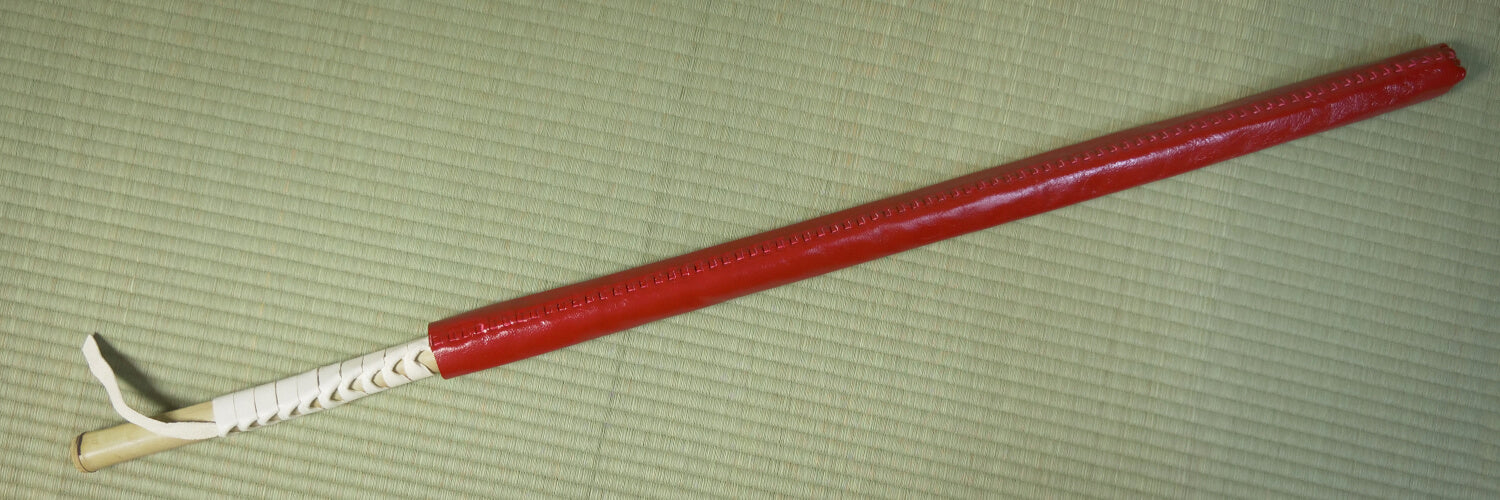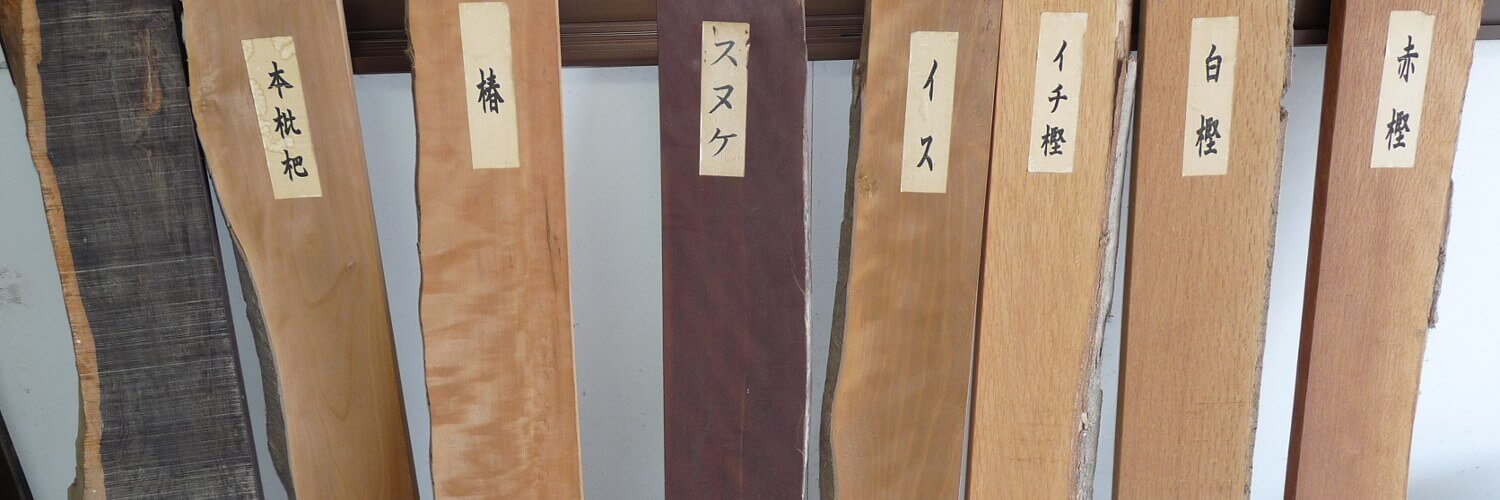
What’s a Fukuroshinai? How is it made? Where did it comes from? In this detailed article, you'll find all the informations you need.
タグがついた記事を見る。 : Guide フィルターを削除


月1回発信予定。お客様情報は第三者に開示することはございません。